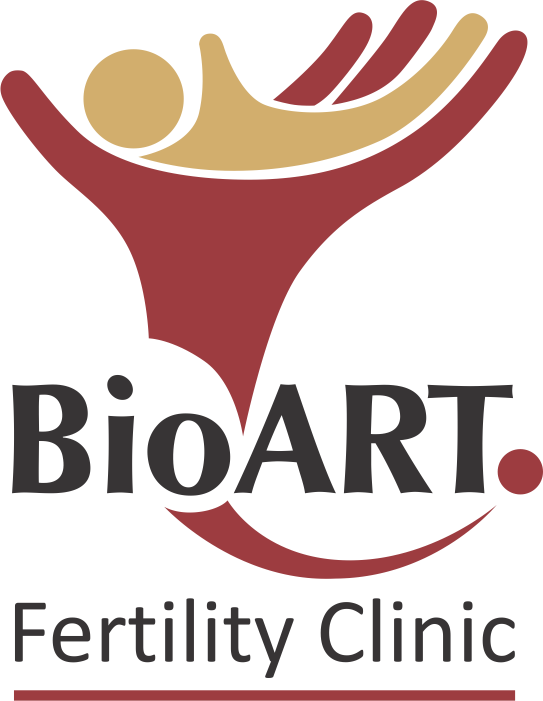The length of the menstrual cycle can vary from a short cycle of only 21 days to a long cycle of 40 days.
The length of the cycle is calculated by counting the first day of bleeding as day 1 and then counting until the very last day before the next bleed (period).
The length of the menstrual cycle is commonly described as 28 days, although this may be true for only one in 10 women.The menstrual cycle is generally thought of in separate phases.
- The menses (bleeding or periods): this commonly lasts from day 1 to day 5.
- During this phase, if fertilisation of the egg hasn’t happened, the lining of the womb or uterus, which is called the endometrium, comes away from the uterus wall and the blood and tissues pass out via the vagina. Most women bleed for between 3 and 5 days. The lining of the endometrium will end up about 1 mm thick at the end of the period. As well as the loss of the endometrial tissue, about 35 to 50 mL of blood is lost from the broken endometrial blood vessels in a typical period. This blood does not usually clot unless bleeding is very heavy.
- The follicular phase: this phase is so-named because it is when the follicles in the ovary grow and form an egg. About 3 to 30 follicles grow between days 8 and 10. Each follicle contains an egg, but by days 10 to 14 one follicle has overtaken the rest and has reached the correct stage of maturity.
- During days 6 to 14, the lining of the uterus is repaired and, as can be seen on the diagram, builds up to be thicker. This is why this phase is also known as the proliferative phase. This is stimulated by oestrogen secreted from the ovaries. The lining of the uterus will now be about 3 mm thick and is also more velvety again.
- Ovulation: A surge of luteinising hormone occurs roughly just before day 14 in a 28-day cycle. This surge stimulates the mature follicle in one of the ovaries to release its egg (ovulation) 16 to 32 hours later. The other follicles over-ripen and break down. Oestrogen also peaks during this surge. Some women can feel a pain on one side of the abdomen around the time the egg is released. This is known as ‘mittelschmerz’ — a German word translating as ‘middle pain’.
- The progesterone secreted by the corpus luteum causes the temperature of the body to rise slightly until the start of the next period (see diagram). This rise in temperature can be plotted on a graph and gives an indication of when ovulation has occurred.
- If the woman has not become pregnant the corpus luteum lasts about 14 days and then starts to break down. This is when progesterone production rapidly drops and the oestrogen level decreases. This lack of hormones causes blood vessels in the endometrium to go into spasm and they cut off the blood supply to the top layers of the endometrium. Without oxygen and nutrients from the blood, the endometrial cells begin to die, tissue breaks down and there is bleeding from the damaged blood vessels and so this is how the new menstrual cycle begins on about day 28.
- An egg is released from the right or left ovary at random and takes about 5 days to travel down the fallopian tube to the uterus.
- The luteal or secretory phase: This phase follows ovulation and lasts from about day 15 to day 28. After the follicle ruptures as it releases its egg, it closes and forms a corpus luteum. The corpus luteum secretes more and more progesterone, which acts on glands in the endometrium and causes them to make a secretion. The purpose of this secretion is to feed the embryo for a few days until a placenta has formed. Even if the egg is not fertilised and pregnancy has not happened, the secretion is still produced.
